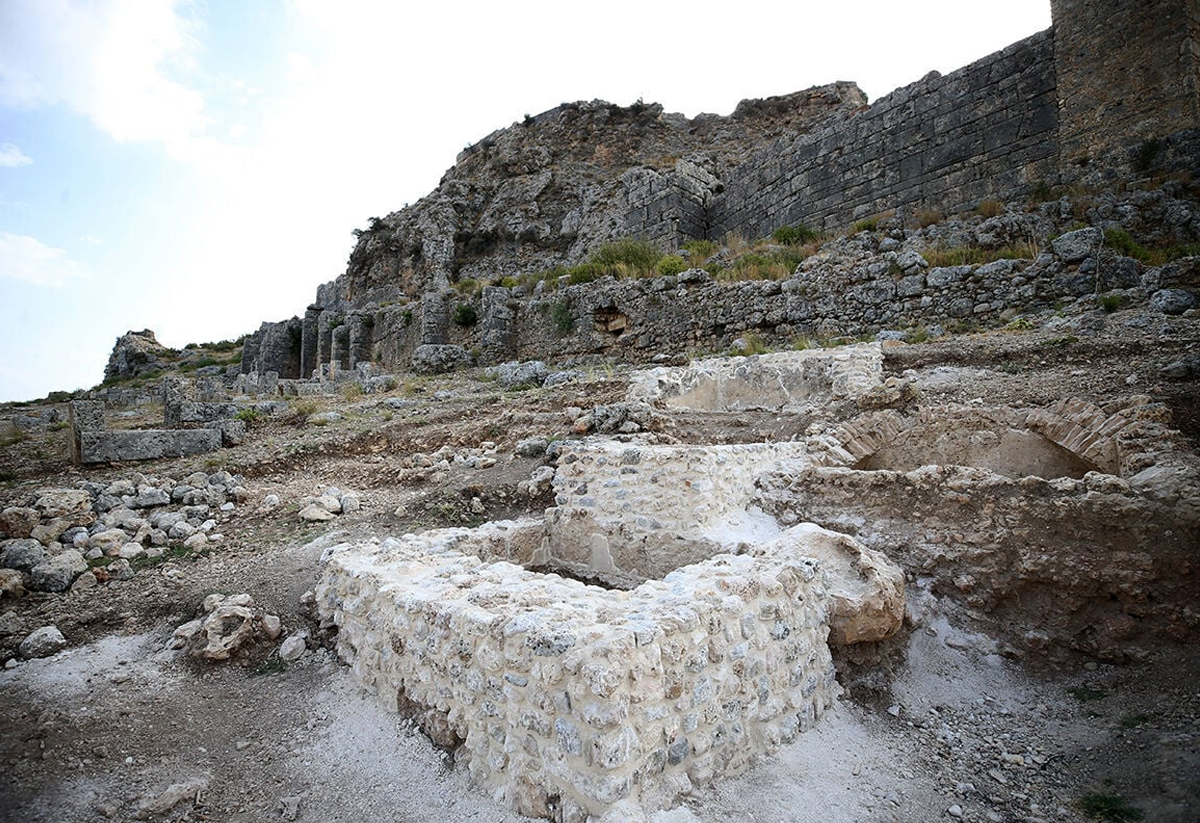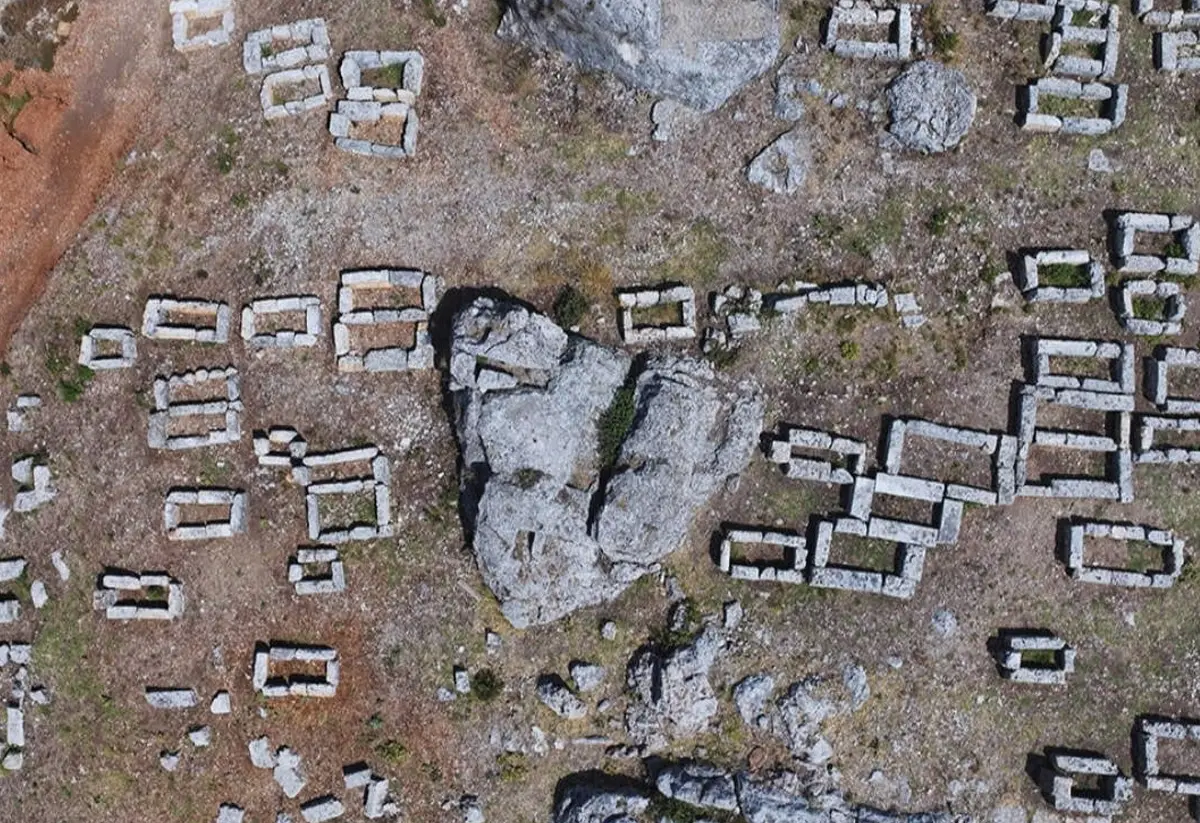Archaeologists from the Ministry of Culture and Tourism’s Heritage for the Future Project have discovered an elite Roman tomb during excavations of ancient Sillyon.
Sillyon was a strategic fortified city near Attaleia in Pamphylia, located on the southern coast of modern Turkey.
The city was first mentioned during the 6th century BC, where according to legend, was founded as a Greek colony from Argos. Other foundation legends connect the city with the seers Mopsos, Calchas and Amphilochus after the Trojan War.
Recent excavations have unearthed four Roman-period tombs, among them, an elite chamber tomb used over a period of several centuries.

According to Dr. Murat Taşkıran, head of the Sillyon excavations and associate professor at Pamukkale University, the sequence of burials first commenced with an early interment, later displaced to make way for a second burial, which was followed by a third.
Within the tomb is a large collection of funerary goods, including rings, earrings, hairpins, figurines, glass objects, and terracotta pieces – indicating that the deceased were members of the city elite. Experts suggest that the presence of finely crafted jewellery and imported goods reveals the integration of Sillyon within a broader Mediterranean trade network.
Also found are coins mostly dating from the 2nd century AD. “These finds not only reveal the chronology but also suggest that the people buried here were members of the city’s aristocracy,” said Dr. Taşkıran.
For archaeologists, the latest find adds a crucial piece to that story. “This burial is extremely important for Sillyon and for regional archaeology,” said Taşkıran. “It reveals a tomb typology we knew little about and demonstrates a unique ritual practice.”
Header Image Credit : Pamukkale University
Sources : Pamukkale University







